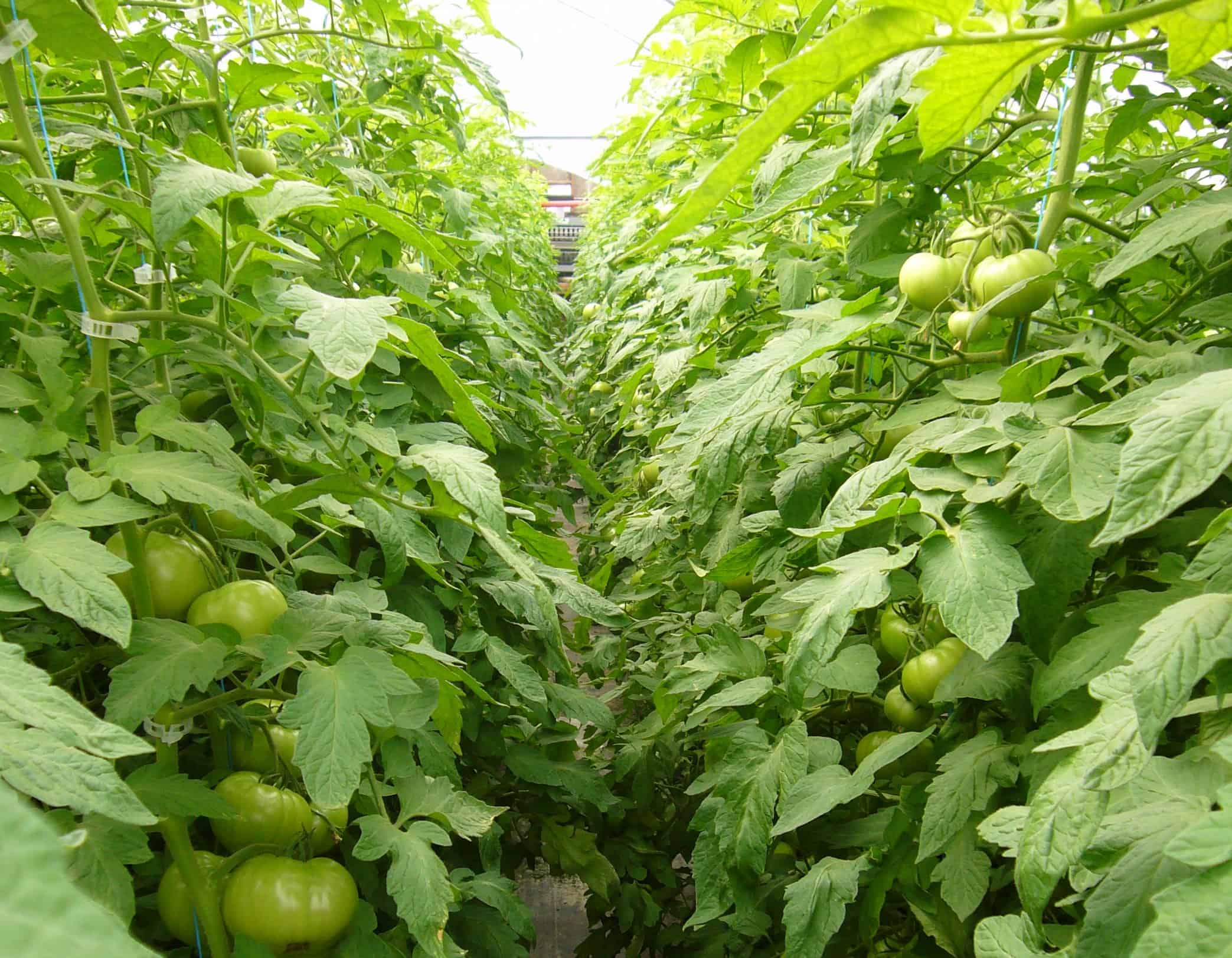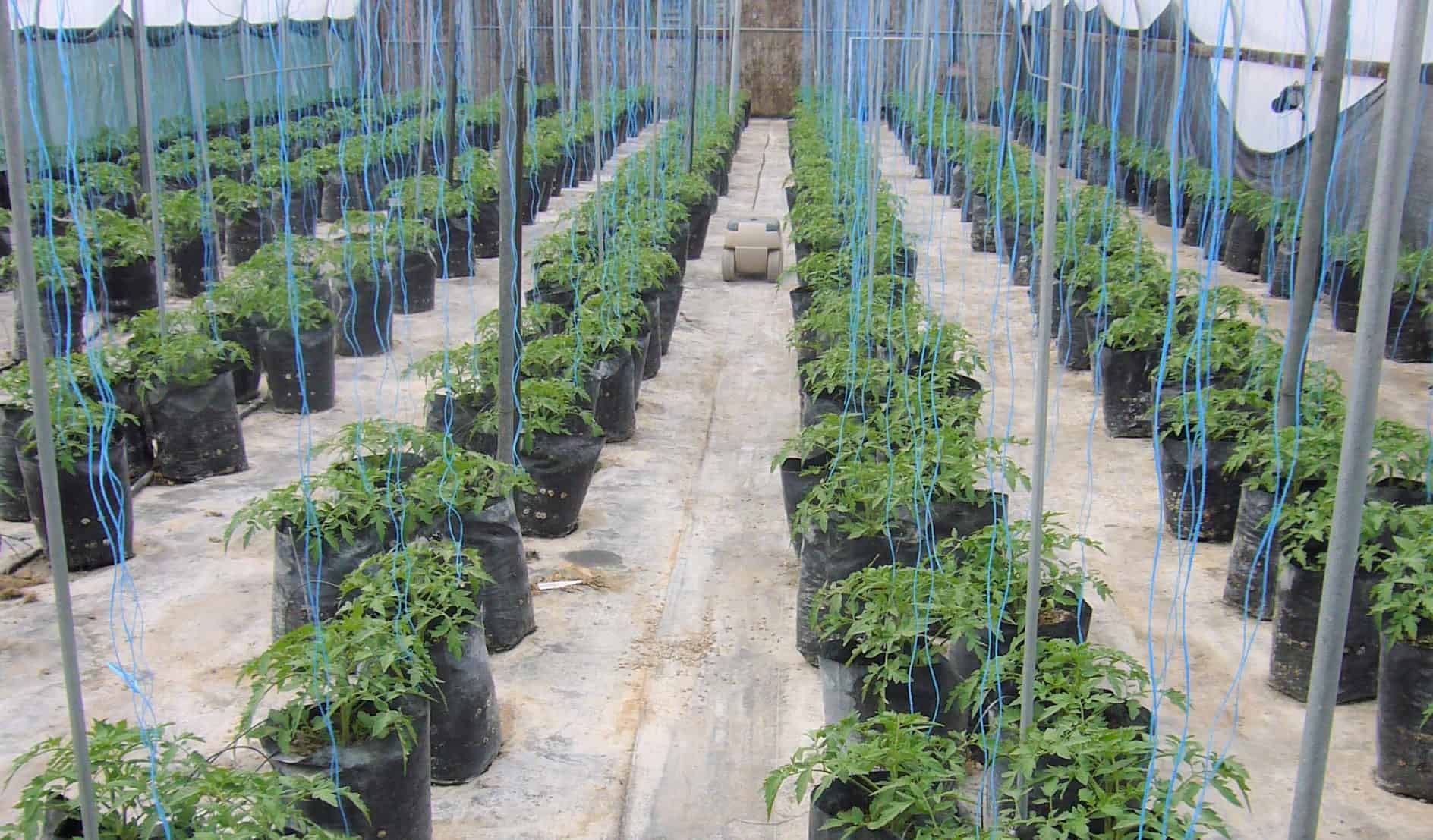
Billy Egan is a third-generation greenhouse nursery entrepreneur working in the family business called Egan’s Greenhouse. The business was started in Bedford, Wyoming in 1969 and grew from a few plants to 40,000 square feet of greenhouse space. In 1989, the business moved to their present location in Idaho Falls. Idaho Falls, Idaho is a regional economic hub serving an estimated 350,000 people in surrounding counties and western Wyoming.
Egan and the staff oversee the planting and tending of over 200,000 bedding plants (flowers and vegetables). In addition to bedding plants, Egan’s has three greenhouses (2,800 plants) dedicated to raising vine-ripened tomatoes.
Listening to Egan talk, one quickly realizes that growing a quality tomato while balancing fertilization, necessary microbes and fungi and micro-nutrients is not easy.
Egan explains they spent years struggling with commercial fertilizers that came with problems that simply could not be mitigated. The excessive nitrogen that comes with commercial fertilizers causes bedding plants to grow too fast and become spindly.
“Plants just did not grow the way nature intended – at an even speed. This caused problems when trying to manage bedding plant quality for customer sales,” said Egan.

Commercial fertilizers come with too much salt. Egan’s tomato plants grow out of 5-gallon bags staged in long rows in their greenhouses. Given the smaller root space of the bags, salt build up became a big problem – stunting growth.
“Plants damaged early in life have a memory and do not develop properly later on”, said Egan.
The tomato vines grow 8 to 9 feet high. The plants were producing nice large fruit on the lower parts of the plant vine but dwindled in size as the plant grew higher.
Vine-ripened tomatoes are finicky when it comes to micro-nutrients and environmental growing conditions. The Beefsteak tomatoes that Egan’s grows often fell victim to skin splits and yellow top (yellow shoulder) on the upper portion of the tomatoes. When Egan sent samples to labs for testing, by the time the results came back it was too late to fix the problems.
In rather dramatic illustration, Egan explained that it was not unusual, to have up to 50 percent of the vine-ripened tomato crop deteriorate to the point of being unsaleable. This is of course unacceptable considering the financial investment that begins in January and sales do not start till late May through October.
Egan explains that finding suppliers with sufficient knowledge of their commercial products had been an ongoing challenge for years. A challenge for which he was constantly seeking a resolution.


